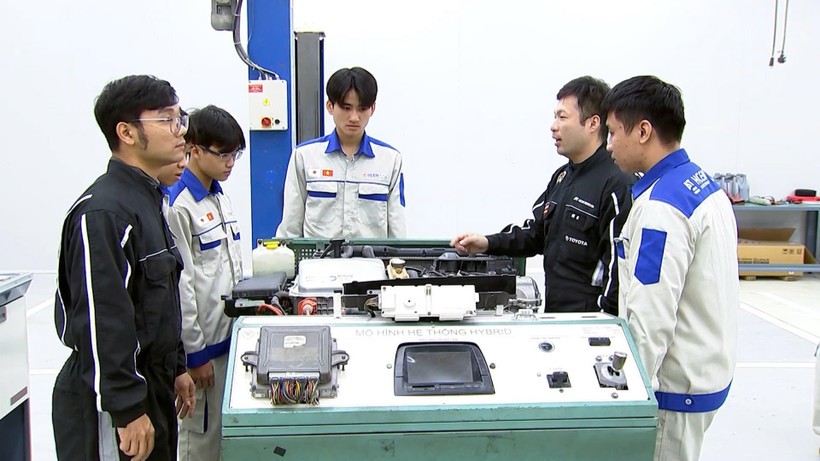
Therefore, vocational education reform is not only an urgent requirement but also a decisive factor for the education system to promptly respond to fluctuations in the global labor market.
Many but not evenly
Currently, there are nearly 1,900 vocational education institutions nationwide, with the rate of students having jobs after graduation maintained at over 90%. Some occupations such as: mechatronics, automotive technology, food processing, high-tech agriculture ... have an almost absolute recruitment rate. However, this success has not spread widely. Ms. Phan Thi Le Thu (Far East College) said: "The position of vocational education will be difficult to improve if society still has a discriminatory mentality. It is necessary to change the perception of the position, role and practical value of vocational education".
Notably, career orientation is clearly shifting. The fields of engineering-technology, digital technology, logistics, renewable energy, high-quality services, etc. are becoming new spearheads. Digital transformation is no longer an option but has become an inevitable requirement, prompting many training institutions to actively apply AI, virtual reality and digital platforms to teaching.
At the same time, strong movements in cooperation between training institutions and enterprises are taking place. The “dual training” model is no longer limited to the pilot stage. At Lilama 2 International Technology College, mechatronics students only study 30% of theory, most of the time practicing right at Bosch or GIZ workshops, guided by enterprise engineers. In the northern region, Samsung has implemented the “Samsung Talent Program” at many vocational colleges; many students are recruited by enterprises right from the internship period.
International integration has also made significant progress. In Ho Chi Minh City, the joint program with Japanese and Korean enterprises trains technology, food and mechanical engineers according to "professional standards" directly ordered by enterprises. Mr. Truong Anh Dung (Director of the Department of Vocational Education and Continuing Education) (Ministry of Education and Training) commented: "International cooperation is not only about student exchange, but also about co-designing programs, quality control and recognition of joint degrees".
However, behind this abundance is an uneven picture. High-quality vocational schools are mainly concentrated in large cities, while many local facilities are still operating at a low level, with overlapping occupations, lack of investment and are unable to attract students. Although the central, local and socialized budgets have increased, many places still lack equipment, practice workshops, and degraded facilities... Non-public vocational training facilities have difficulty accessing land to expand their training scale, and many schools have to rent land to maintain operations...
Notably, the vocational education system still focuses on short-term training, lacks traction from the high-tech industry; lacks real links with businesses and lacks social trust. The mentality of “preferring degrees” and considering university as the only way to start a career is still widespread.
In the 2017-2023 period, more than 180 public institutions were merged and dissolved according to the plan. The system is more streamlined, but efficiency is still a big question mark. According to Deputy Director of the Department of Vocational Education and Continuing Education Pham Vu Quoc Binh, by the end of 2024, the country will have 1,886 vocational training institutions, enrolling more than 2.43 million students, reaching more than 100% of the target. However, more than 70% of students studying at the elementary level are short-term, low-entry courses. Intermediate and college levels - which are the pillars of formal vocational skills training - only account for about 29%.
Breakthrough opportunity
Vocational education is facing an opportunity for strong transformation. The legal corridor for vocational education has never moved as strongly as it does now. Directive No. 21-CT/TW dated May 4, 2023 of the Secretariat identifies vocational education development as a breakthrough solution to improve the quality of human resources, especially skilled labor force to meet the requirements of socio-economic development and international integration. The Directive sets out comprehensive requirements for vocational education: perfecting the law in an open, interconnected and market-adaptive direction; popularizing vocational training for youth, workers and farmers; rearranging the vocational school system; modernizing content, programs and teaching methods; strengthening the link between the State - schools - enterprises... The budget for vocational education must be increased commensurate with the role of training high-quality human resources, especially in key industries.
The draft Law on Vocational Education (amended) expected to be submitted to the National Assembly at the end of 2025 is expected to be a lever to institutionalize these orientations. The draft emphasizes decentralization, increasing autonomy for training institutions, expanding international cooperation and perfecting financial mechanisms. Enterprises are encouraged to participate fully in the training process, from program design to teaching, investment and recruitment. The goal is to build a modern, transparent vocational education system that adapts to rapid fluctuations in the labor market.
One of the breakthrough contents in the draft is the Vocational Secondary School program - an integrated model between general education and vocational skills for students after junior high school. Students study both general education and vocational training at vocational training institutions, and after three years are awarded a high school diploma. They can go to work immediately or continue studying without having to retake the general program, saving time and costs, flexibly learning the learning path, and at the same time overcoming current shortcomings in secondary education. The program will be implemented by qualified colleges and intermediate schools, ensuring dual output standards: both general education and intermediate vocational skills. This model is especially suitable for students in remote areas - where the demand for vocational training is high but access is limited.
Along with the Vocational High School model, the renewal of vocational schools in the direction of technology-practice-innovation is also an important pillar. Not only improving facilities, but also changing the way of operation: designing programs with businesses, inviting experts to teach, co-owning training modules so that the content is always close to the market. International links also need to be promoted, from exchanging lecturers and students to building programs that meet global standards.
According to many experts, to synchronize the system, bringing vocational education under one management unit, the Ministry of Education and Training, is a reasonable step. When the Ministry manages both general education and vocational education, the direction will be closer and the implementers will no longer be confused. But the mechanism alone is not enough. An effective training system needs to be supported by social trust and that starts with communication and career counseling. Mr. Truong Anh Dung said: "There needs to be the participation of businesses in career counseling so that students can clearly see their career path."
When properly designed, flexibly operated and closely connected to the labor market, vocational education can absolutely break through and become a new driving force for growth and development aspirations of the country in the new era.
Source: https://baolaocai.vn/don-bay-the-che-de-giao-duc-nghe-cat-canh-post878929.html



![[Photo] General Secretary To Lam, Secretary of the Central Military Commission attends the 12th Party Congress of the Army](https://vphoto.vietnam.vn/thumb/1200x675/vietnam/resource/IMAGE/2025/9/30/9b63aaa37ddb472ead84e3870a8ae825)
![[Photo] General Secretary To Lam receives US Ambassador to Vietnam Marc Knapper](https://vphoto.vietnam.vn/thumb/1200x675/vietnam/resource/IMAGE/2025/9/29/c8fd0761aa184da7814aee57d87c49b3)
![[Photo] Many streets in Hanoi were flooded due to the effects of storm Bualoi](https://vphoto.vietnam.vn/thumb/1200x675/vietnam/resource/IMAGE/2025/9/29/18b658aa0fa2495c927ade4bbe0096df)
![[Photo] General Secretary To Lam attends the ceremony to celebrate the 80th anniversary of the post and telecommunications sector and the 66th anniversary of the science and technology sector.](https://vphoto.vietnam.vn/thumb/1200x675/vietnam/resource/IMAGE/2025/9/29/8e86b39b8fe44121a2b14a031f4cef46)



![[Infographics] Time, location, content of the 1st Congress of An Giang Provincial Party Committee, term 2025 - 2030](https://vphoto.vietnam.vn/thumb/402x226/vietnam/resource/IMAGE/2025/9/30/fed466586ad84c3ebea914be993018ca)




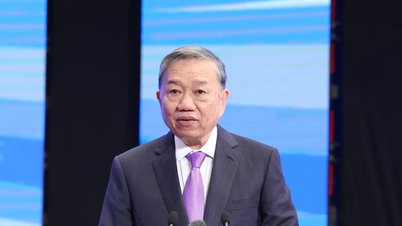











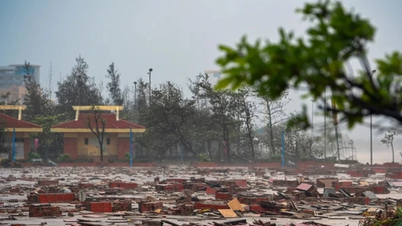






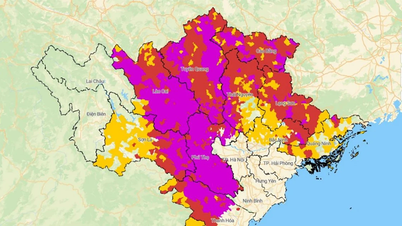

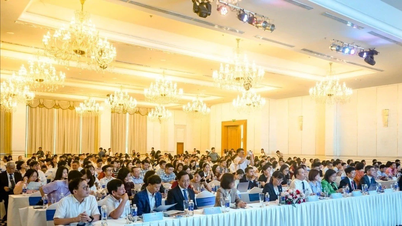


![[Photo] National Assembly Chairman Tran Thanh Man chairs the 8th Conference of full-time National Assembly deputies](https://vphoto.vietnam.vn/thumb/1200x675/vietnam/resource/IMAGE/2025/9/29/2c21459bc38d44ffaacd679ab9a0477c)









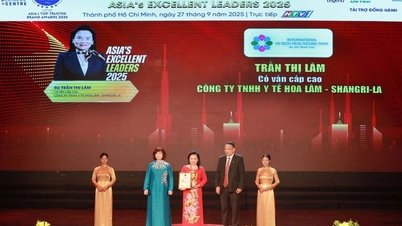






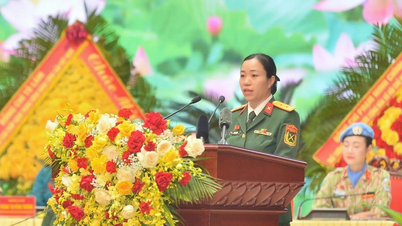



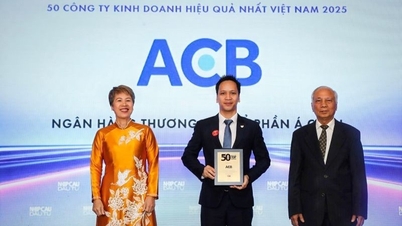









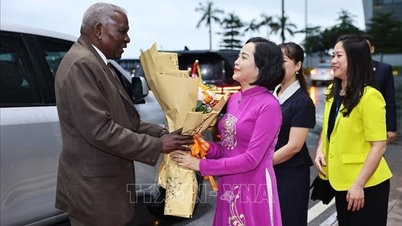

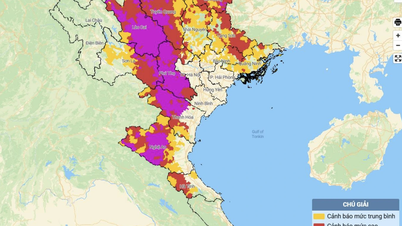













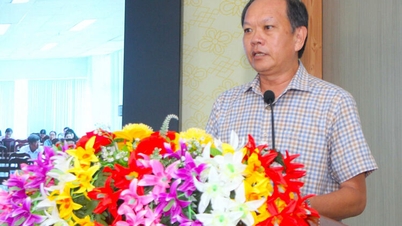

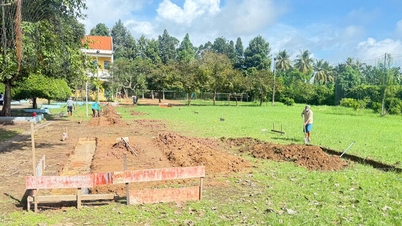














Comment (0)